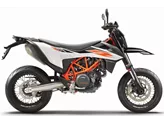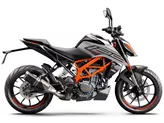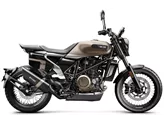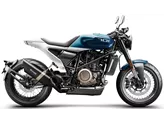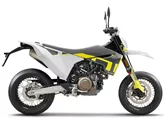Kawasaki ER-6n 2013 vs. KTM 690 Duke 2012

Kawasaki ER-6n 2013

KTM 690 Duke 2012
Overview - Kawasaki ER-6n 2013 vs KTM 690 Duke 2012
The Kawasaki ER-6n 2013 and the KTM 690 Duke 2012 are both naked bikes that offer a thrilling riding experience. While they have some similarities in terms of engine power, torque, and cooling system, there are also notable differences in their specifications and performance.
In terms of engine power, the Kawasaki ER-6n 2013 boasts 72 HP, while the KTM 690 Duke 2012 offers slightly less power at 70 HP. However, the KTM 690 Duke compensates for this with a higher torque of 70 Nm compared to the Kawasaki's 64 Nm. Additionally, the Kawasaki ER-6n has a twin-cylinder engine, while the KTM 690 Duke has a single-cylinder engine. This difference in engine configuration can result in variations in power delivery and overall performance.
Both bikes feature liquid cooling systems, ensuring optimal engine temperature regulation. This is important for maintaining performance and longevity. The Kawasaki ER-6n has a displacement of 649cc, while the KTM 690 Duke has a larger displacement of 690cc. This larger displacement may contribute to the KTM's slightly higher torque output.

Kawasaki ER-6n 2013
In terms of chassis, the Kawasaki ER-6n 2013 features a steel frame with a perimeter design, providing stability and durability. On the other hand, the KTM 690 Duke 2012 has a chromium-molybdenum frame with a tubular design. This frame construction is known for its lightweight yet strong characteristics, contributing to the KTM's agility and maneuverability.
Both bikes have similar front and rear tire dimensions, with a width of 120mm and a diameter of 17 inches. This ensures good traction and stability on the road. The Kawasaki ER-6n has a wheelbase of 1410mm, while the KTM 690 Duke has a slightly longer wheelbase of 1466mm. This longer wheelbase may contribute to the KTM's stability at higher speeds.
In terms of seat height, the Kawasaki ER-6n has a lower seat height of 805mm, making it more accessible for riders with shorter legs. The KTM 690 Duke, on the other hand, has a higher seat height of 835mm, which may be more suitable for taller riders. Both bikes have fuel tank capacities of 16 liters for the Kawasaki and 14 liters for the KTM, providing decent range for longer rides.

KTM 690 Duke 2012
When it comes to strengths, the Kawasaki ER-6n 2013 is praised for its solid handling and high-quality level. On the other hand, the KTM 690 Duke 2012 is known for its extremely fast yet smooth performance, precise and manageable chassis, and overall agility.
However, both bikes also have their weaknesses. The Kawasaki ER-6n is criticized for its weak brake, which may affect its stopping power and overall safety. On the other hand, the KTM 690 Duke may require some getting used to when driving bends in the road due to its handling characteristics.
In conclusion, while both the Kawasaki ER-6n 2013 and the KTM 690 Duke 2012 offer thrilling riding experiences, they have distinct differences in terms of specifications and performance. The Kawasaki excels in solid handling and high-quality level, while the KTM stands out with its speed, agility, and precise chassis. Ultimately, the choice between these two bikes will depend on individual preferences and riding style.
Technical Specifications Kawasaki ER-6n 2013 compared to KTM 690 Duke 2012
Pros and Cons in comparison
Pros and Cons in comparison
Kawasaki ER-6n 2013

The engine is hearty and a lot of fun, plus the ER shines with a Japanese meticulous finish and a fighting price.
KTM 690 Duke 2012
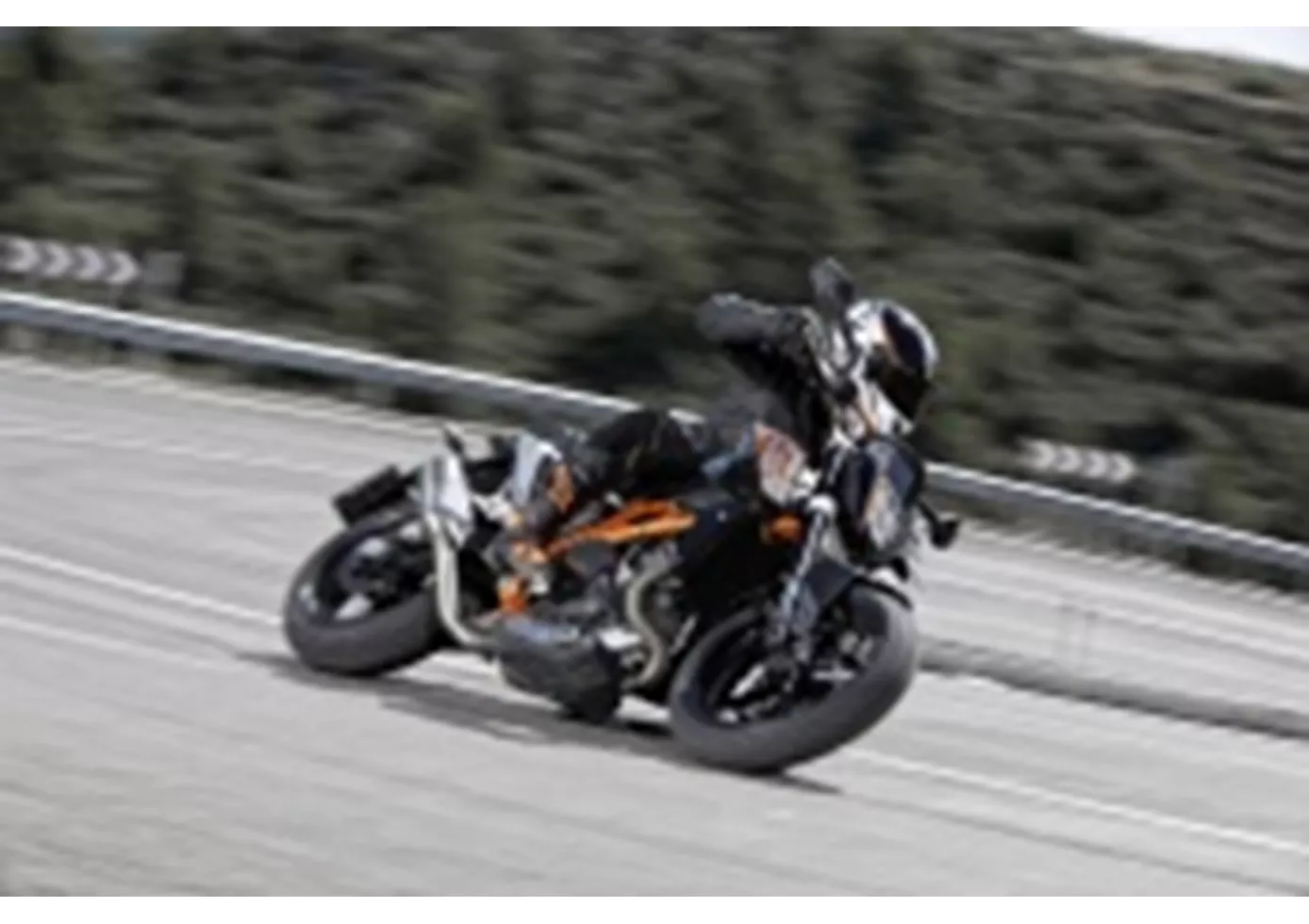
More than a decade after its launch, the KTM 690 Duke remains a fascinating bike with its own character. The attempt to turn the rebellious Duke into a bike with more mass appeal has proven to be a successful strategy. The combination of an outstanding LC4 engine, direct handling and good value for money continues to make it an attractive option for riders looking for something special. Although newer twin-cylinder models are superior in terms of smooth running and comfort, the 690 Duke offers an immediacy and character that only a large single-cylinder can deliver. As a used motorbike, it has proven to be surprisingly stable in value and durable - provided you pay attention to regular maintenance.
Price Comparison Avarage Market Price Kawasaki ER-6n vs KTM 690 Duke
There are a few key differences between a Kawasaki ER-6n 2013 and a KTM 690 Duke 2012. It takes less time to sell a Kawasaki ER-6n with 42 days compared to 50 days for a KTM 690 Duke. Since model year 2006 1000PS.de editors have written 16 reviews for the Kawasaki ER-6n and 29 reviews for the KTM 690 Duke since model year 2008. The first review for the Kawasaki ER-6n was published on 29/06/2005 and now has more than 11,200 views. This compares to more than 14,800 views for the first review on KTM 690 Duke published on 28/09/2007.



